Introduction
Controlling light is the main aspect of photography lighting techniques. Softbox and umbrella are the well-known light modifiers, they are used to soften and diffuse the light source by spreading the initial beam to create a larger light source. Both of these modification tools are generally portable solutions that can be adapted to a range of light types, from external camera flashes to the most powerful studio flash packs, they are parts of both home photography studio and professional studio. The question is not which one is better, but I think which one is suitable for a specific situation. Trying to choose which type of light modifier to use for your next shoot really comes down to what effects you want to achieve in your photo.
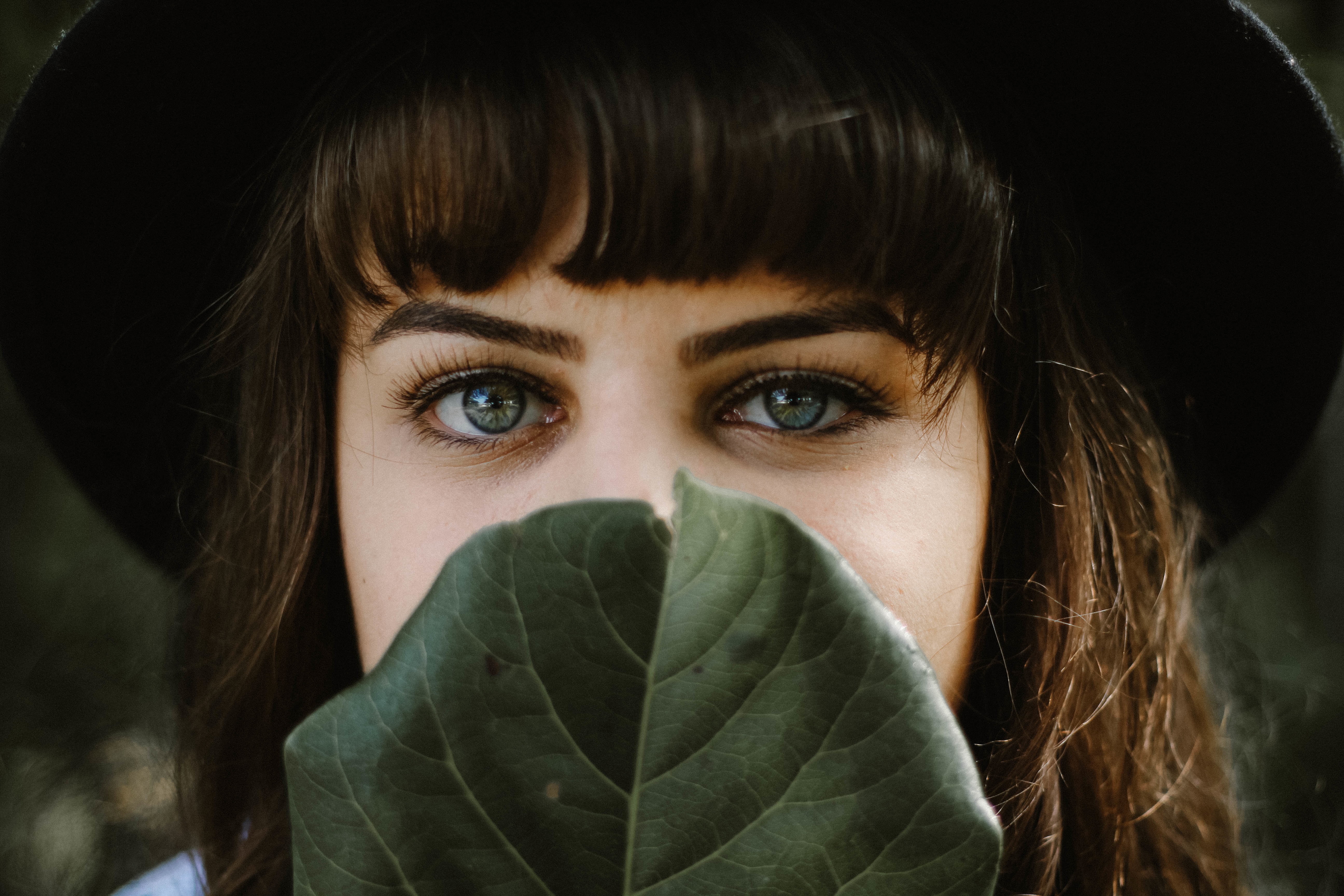
Softbox
Softboxes are used for softening, diffusing light sources and increasing the size of the light source; A softbox controls the shape and direction of light more than an umbrella and prevents more light spill from occurring. They are able to produce natural-looking light by mimicking the shape of a window.
Softboxes come in a variety of different shapes, sizes, and colors, each good for different purposes.
Softbox shapes
The shape of a softbox can influence the look when applied in portrait photography. When photographing people from close range, the shape of the used light source can often be seen reflected in the subject eyes (called “catch” lights). The different shapes of softboxes are:
- Rectangular and square. These can be used for just about anything, from key Lights to fill Lights.
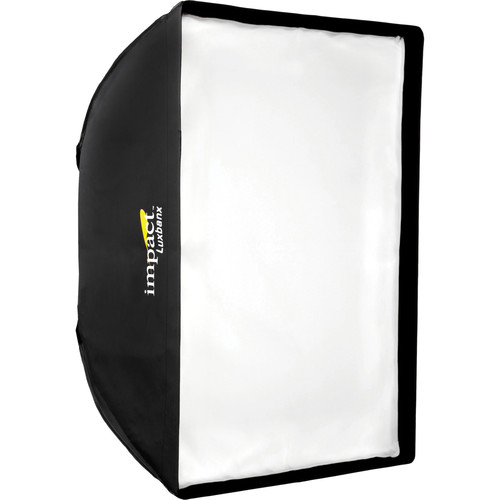
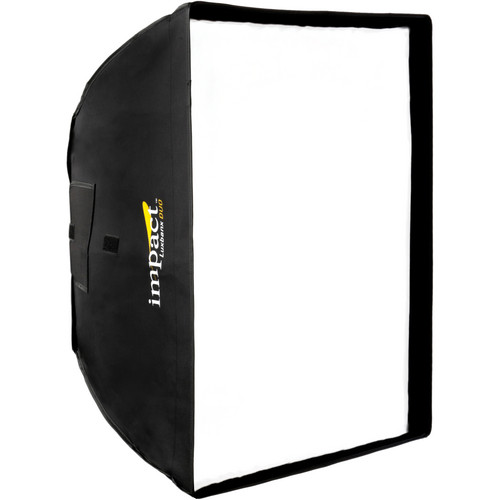
- Strip box: This is a skinny rectangular softbox. Its narrow shape makes it good for casting rim/Hair Lights on subjects without affecting other parts of the image.
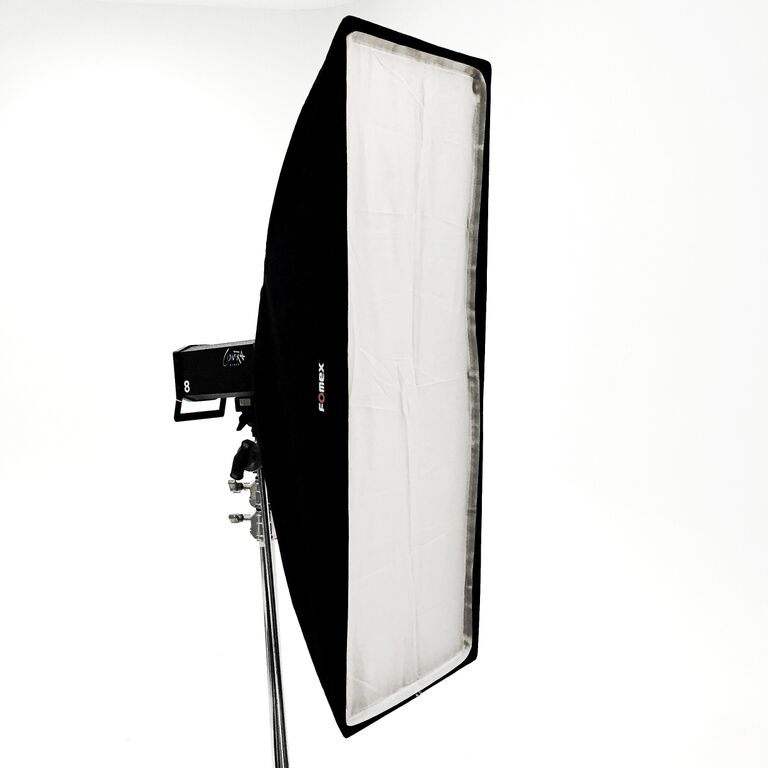
- Octobox: A softbox with 8 sides. Its rounded shape will cast natural-looking catchlights in the eyes of your subject, making this a great choice for your key Light.
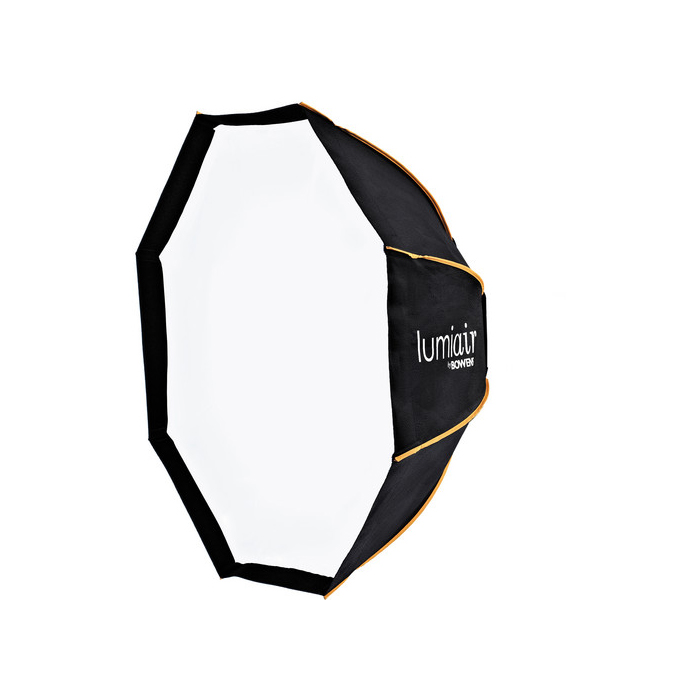
There are more shapes like parabolic and round.
Grids are attachments that are mounted on the front face of a softbox. Grids can affect the way light is emitted from a softbox. They help to eliminate fall-off by directing the light into a straight beam.

Softbox sizes
As for the size, a larger softbox will produce softer light, but will also require the greater light output to sufficiently fill the entire softbox.
As a general rule of thumb, the size of a softbox should be approximately the same size as your subject; meaning a headshot or half shot could require softboxes in the range of about 0.4 to 0.6 meters length, whereas full-body shots could require multiple softboxes with 1.2 meters length or larger.
Softbox colors
The softboxes come in with different interior surface colors, silver or white; they will alter the quality of the light output. A silver lining will give a more specular appearance with greater contrast and light transmission, while a white lining is ideal for maintaining neutral colors.
Finally, we can summarize the features of the softbox as follows:
- Creates more of a directional light source
- It has a less light spill
- Produce a narrow range of fields allowing for more control over the light on your subject.
- Produces a soft look like light coming through a window.
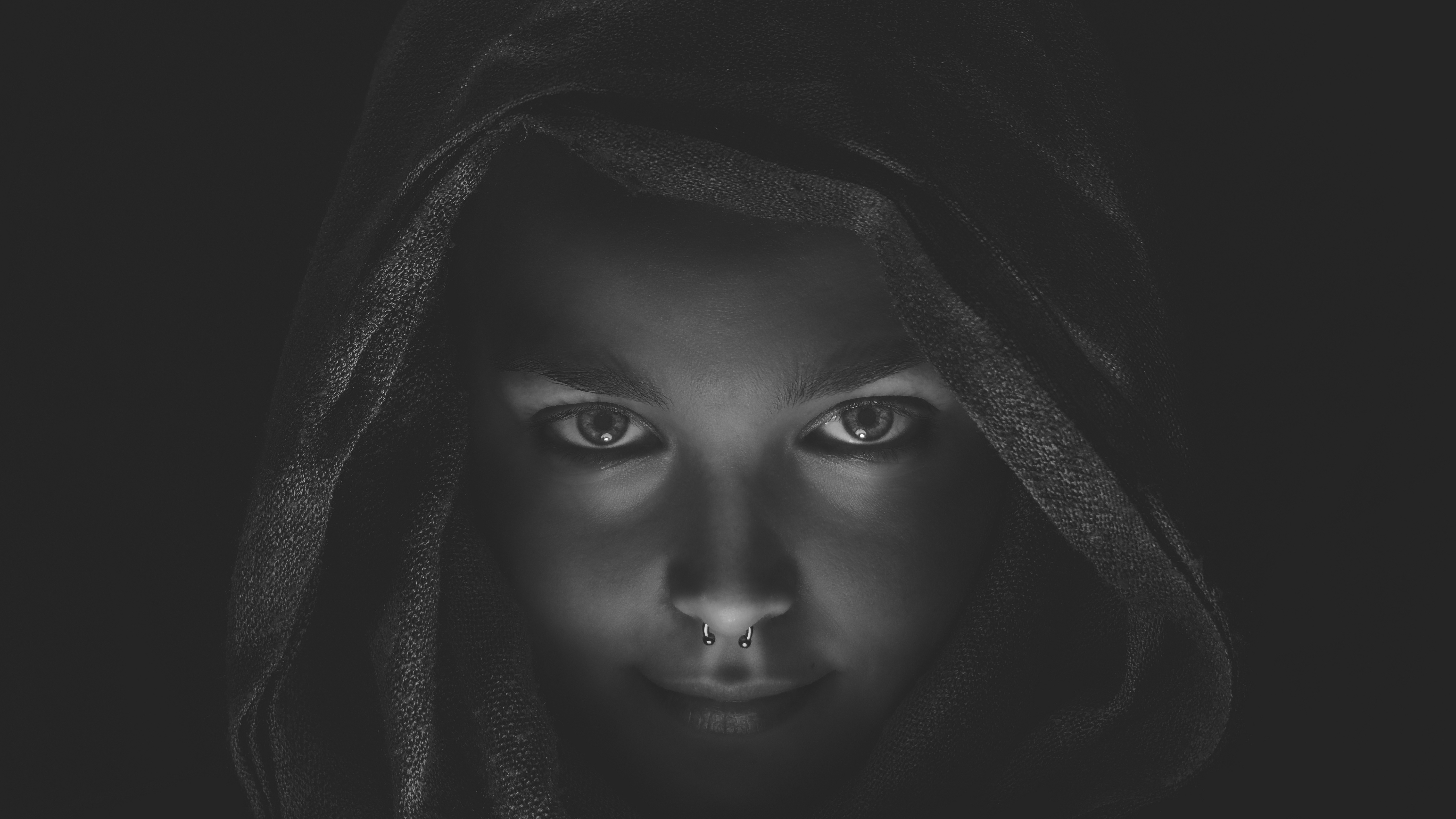
Umbrella
Umbrellas are usually the first light modifiers that people buy when they begin shooting with their flash off-camera. They produce broader, diffused lighting (similar to outdoor light) that is uncontrolled and uncontained. Let’s take a look at the different types of umbrellas and the many options they give you.
Shoot-through umbrella (Transparent)
They are made with a plain, white, and semi-translucent material. To diffuse light with these umbrellas, you need to point the outside part of the umbrella at your subject and shoot the light source into the opening so that the light passes through the translucent material, making it much softer. If you’re shooting with a flash or Strobe, your light source is basically a few square centimeters. This umbrella takes that light source and spreads it out; giving you softer light without the harsh shadows that a bare flash will give you.
The shoot-through umbrella also gives you versatility; you can bring it close to a person’s face for a great classic portrait, or pull it back to spread the light into the rest of the scene. You can get two of these and use one for your key light and one for your fill light. With this simple, inexpensive setup you can make great, professionally lit portraits.

Reflective Umbrellas
With the reflective umbrellas, your light source is directed into the opening side of the umbrella, and the light bounces back onto the subject. When used in this traditional position, they produce indirect, bounced light. Reflective umbrellas allow you to move the light source further from your subject without losing much of the light from your flash. This is great for full-body or group portraits. Because the light is only being reflected you have much more control of where your light lands.
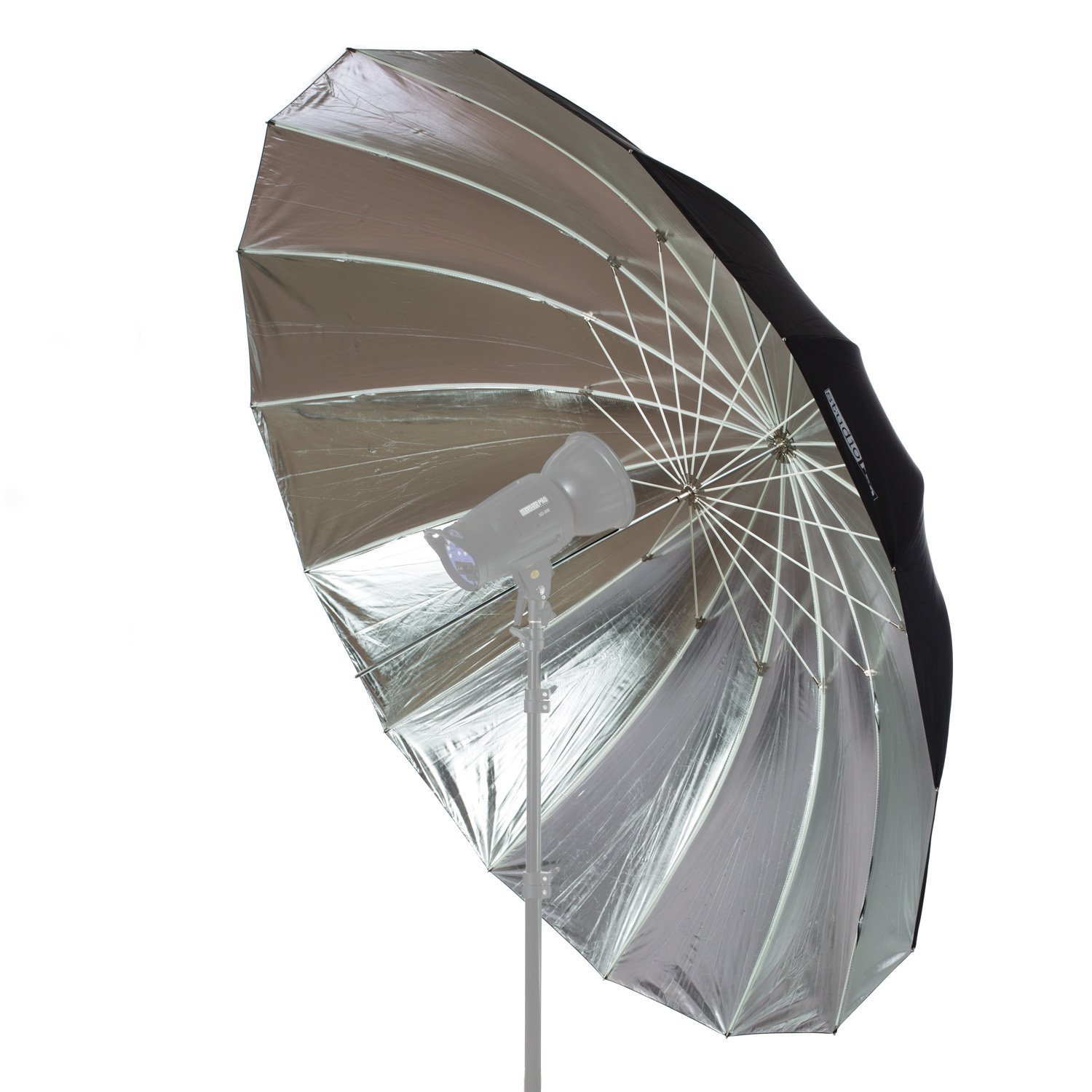
As a general rule, the larger your umbrella, the larger your light source, and the softer your light. Reflective photo umbrellas come in three colors: gold, silver, and white. Silver and white are the most commonly used, although gold has its place as well.
- Silver reflective umbrellas are going to reflect most of the source light (least light loss) and It is great if you want cool light.
- Gold umbrella will consume a little more light, and it is perfect for warming up your flash’s light.
- White umbrellas eat the most light, but they will give you the softest light, Remember, you will need to increase the power of your light source compared to shooting into a silver or gold umbrella.
Finally, we can summarize the features of the umbrella as follows:
- Easy to use and great for beginners.
- Economical and cheap.
- Allows your light to cover a broad area of space.
- Extremely portable.
- There is a downside to umbrellas, which is when you are shooting outdoors on a windy day. To overcome this try using your camera bags (or sandbag weights) to secure the base of your light stand. You cannot use an umbrella on a very windy day or near the seashore.
Final discussion
Whether you use a softbox or an umbrella will depend on what you are photographing and your personal preferences. Both the softbox and the umbrella will produce different results. Although the light is similar, some differences need to be considered.
Choosing a softbox or an umbrella can make the difference between taking a great photo and an ordinary one. Photos are made up of light, and if there is not enough or too much light, then this will affect the quality of your photos. Many amateur photographers will want to know the difference between a softbox and an umbrella so that they can decide which to use. Even professional photographers might find it difficult to decide which one to use.
Related posts
Photography Studio – Setting Up Home Photography Studio
Photography lighting techniques – All About Light Reflectors
Buy Softbox from my recommended retailer Here
Buy an Umbrella from my recommended retailer Here
Thanks for reading the post, hope you found it useful. Please if you have any comments, just write it down in the box below.
If you enjoy the site, don’t forget to subscribe, we will only inform you when a new article is posted.

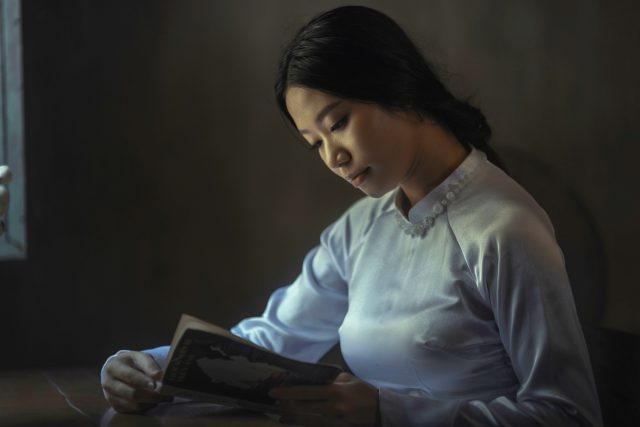




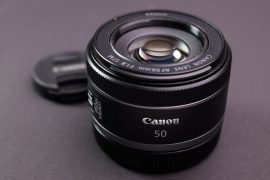
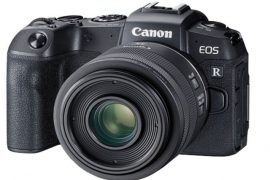
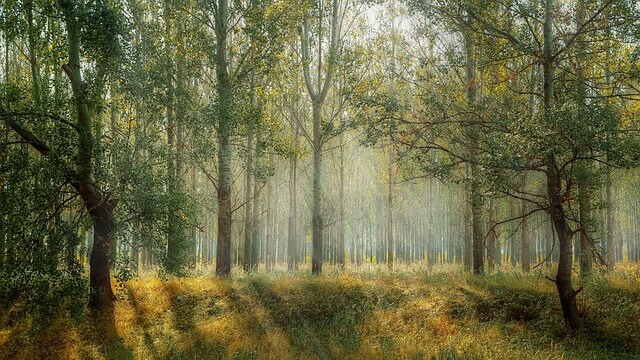
Hello and thanks for sharing photography lighting techniques softbox vs umbrella, I don not anything about photography but listening to you and hearing what you have to say is just awesome. You explain so well how all of his works together to give you what you are looking for. You post is well detailed and filled with good information. I am sure that Your readers will love you informative your post is. Good job.
Thanks for your comment , I am glade you liked the post.